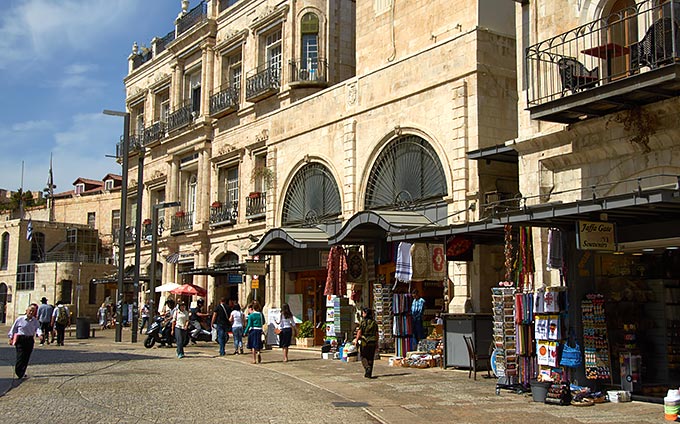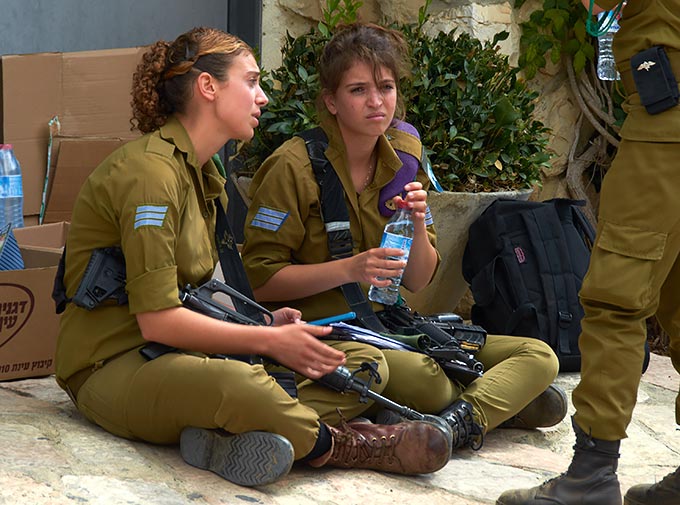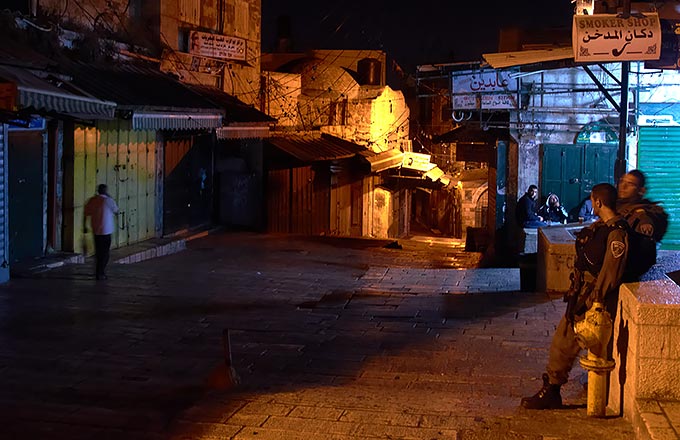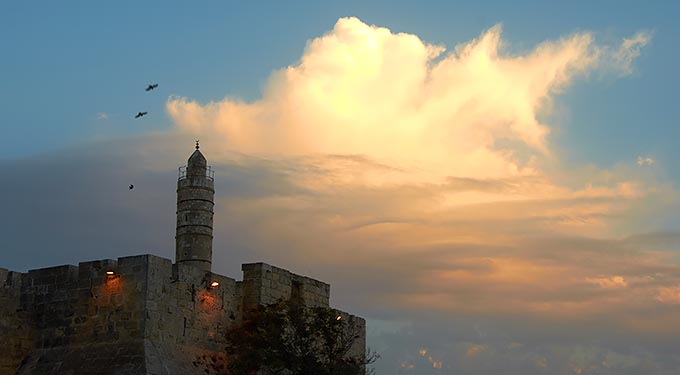Fortress Jerusalem
Jerusalem (Yerushalayim) is not the oldest inhabited city on the planet, it is only 4 thousand years old (founded around 2800 BC). There are more ancient ones - Jericho (9000 BC), Byblos (5000 BC) and others. Jerusalem is not the most ancient, it is not even included in the TOP 10. But it is without a doubt the most famous, and it has old and new fortifications, dungeons, cemeteries, and such a history that it is absolutely impossible to comprehend.
Therefore, we will limit ourselves to a brief summary of the facts relating to the Jerusalem fortification.
Jerusalem has survived 52 attacks, the city been besieged 44 times and captured 23 times, it was ruined twice and renamed once. A solid track record suggests that there was a fair amount of fortification here. There was originally a small but important Canaanite town called Iru-Shalem (Egyptian 'Rushalimum'), surrounded by a stone defensive wall. Life without protective walls has always been very difficult here; Israel still amazes the casual traveler with a large number of walls and fences. We have a little information about the ancient fortification of Jerusalem. In the area of the Siloam Tunnel, remains of walls were found around the S.E. Jerusalem hills dating back to the Bronze Age (the city of the Jebusites Jebus).
Around 1000 BC King David and the Jewish army conquered this area. Under David and his son Solomon, the city grew, its walls surrounded the south hill and the present Temple Mount, where the first Temple was built under king Solomon. By 600 BC. e. the city included south-west hill and area of the current Jewish and Armenian quarters. In 587 BC King Nebuchadnezzar (Nebukhadnezzar) with the Babylonian army conquered and destroyed Jerusalem.
The Jews were driven to Babylon, where they lived as displaced persons until the conquest of Babylon by the Persians, after which the Persian king Cyrus II sent them home and even allowed the construction of a new (2nd) Temple in Jerusalem. This happened around 430 BC Artaxerxes I allowed the governor of Judea Nehemiah, to rebuild the walls around the city, which was done in just 52 days (Bible, book of Nehemiah). The walls of Jerusalem were vitally necessary thing, because during the wars and other cataclysms in these area.
Around 333 BC Alexander the Great conquered Judea and took Jerusalem without much resistance, promising the local population to retain all the laws “as of old.” True, after Alexander’s death, his empire, as usually happens, fell apart into states warring with each other. Judea was conquered by the Greeks of Ptolemy I from Egypt, while Jerusalem was partially destroyed. In the early 100s BC Jerusalem fell into the hands of the Syrian kings from the Seleucid dynasty. There is a reported building boom in Jerusalem during this period, as well as the construction of an Acre, or fortified citadel, within the city walls.
In 167 Judea was under the rule of Antiochus IV. This wise king pursued a policy of unification in his empire, ordered everyone to wear tunics and pray to the Greek gods, built a sanctuary of Zeus on the Temple Mount, and naturally, immediately received a powerful “Maidan” in Judea, with the massacre and expulsion of Greek-speaking people (the revolt of the Maccabees 167-163 BC).
The Hasmonean dynasty reigned in Jerusalem, under which the city, which became the capital of an independent Jewish state, increased even more in size and the so-called 'first wall' (142 - 134 BC), described by Josephus in his 'War of the Jews', was built. Judas Maccabee fortified the Temple Mount and Mount Zion with walls and the western hill was included in the boundaries of Jerusalem.
Life seemed to be starting to get better, but by 63 BC. e. acute political problems arose in Judea related to the issue of hereditary transfer of power. Local politicians turned to Roman arbitration, Rome interfered and all the matter ended with the entry into Jerusalem a limited contingent of Roman troops under the leadership of Pompey the Great. Despite the fact that local collaborators opened the gates to him, Roman troops fought fierce street battles in Jerusalem for three months, in which up to 12 thousand defenders of the city were killed reportedly. This suggests that the city had a large number of internal walls and other fortifications.
Judea, which became autonomous within the Roman Empire, was subject to a hefty tribute and was governed by the Roman administration in Syria. In 37 BC. e. as a result of political intrigues, Judea and Jerusalem fell into the hands of a man named Herod. The Roman occupiers gave him the prefix 'Great' but in Judea his rating, so to speak, was wery low. In 40 BC. he got the title of king from Rome power.
So, this king Herod was driven by the idea of large-scale city construction. Palaces, baths, stadiums... Everything should be huge and terribly expensive. He believed that Judea should rise from its knees and become great within the framework of thegreat Roman Empire! He thoroughly rebuilt the Temple and the Temple Mount, significantly increasing its size. Under him, Jerusalem was surrounded by new walls (so-called 'Second' wall), and under his heir king Agrippa - by the 'Third' wall. Naturally, they neglected social problems. The political situation became tense, and the Romans in 6 AD introduced direct control of Judea from Rome. Finally in 70 AD Judea flared up with a national liberation uprising against the Roman occupiers under the slogan “Romans go home!” and famous First Jewish War began.
The war lasted from 66 to 77 AD. The Romans, under the command of Emperor Vespasian's son Titus, managed to take Jerusalem only in 70 AD with great difficulty, but Jew separatists in different parts of Judea resisted for many years. Jerusalem was destroyed, the Temple Mount was plowed up. In 130, Emperor Hadrian ordered the found of a city on this site called Aelia Capitolina and populating it with retired legionnaires. In 132, they began to build a sanctuary of Jupiter on the Temple Mount, which is why the Second Jewish War (Bar Kokhba's revolt) began, which lasted 4 years. So Jerusalem, like St. Petersburg, can be called a city of several revolutions.
In 295 AD emperor Diocletian ordered to restore the city walls. In 325 AD Constantine I, who declared Christianity the state religion of Rome, renamed the city again to Jerusalem and made it an important religious center. In the 440s, the city's fortifications were thoroughly rebuilt, since Jerusalem was then the place of exile of the disgraced Empress Eudoxia. In 1033, the city's fortifications were severely damaged due devastating earthquake.
In the 5th century Jerusalem was under the rule of Constantinople, although it was briefly captured a couple of times by the Persians. In 638, the Arabs of Caliph Umar ibn al-Khattab captured Jerusalem, which they began to call Al-Quds. From this moment its Arab history of the city begins. The Caliphs of the Fatimid dynasty fortified the city on the eve of the Crusades, leaving Mount Zion and the City of David outside the city walls. In 1099 AD, the crusaders of Godfrey of Bouillon, after a long siege, took Jerusalem, massacred all Muslims and made the city the capital of the Kingdom of Jerusalem.
In 1187 AD, the Egyptian Sultan Salah ad-Din returned Jerusalem to Arab rule, having previously defeated the Crusader army. In 1202–1212, his nephew Al-Malik ordered the walls to be repaired, but in 1219 he changed his mind and ordered them to be demolished altogether, in eve of a new crusade. For the next 300 years, Jerusalem stood without any protective walls. The fortress walls were preserved around the Temple Mount (Haram al-Sharif) and the citadel in the western part of the city was not destroyed.
In 1517 AD Jerusalem was captured by the Ottoman Turks. Under Suleiman the Magnificent in 1535–1538, new beautiful fortress walls were erected around the city on old walls foundations, which we can see with our own eyes in our time. Under Suleiman, the city flourished, but after him, thanks to the incompetent rule of numerous successors, Jerusalem turned into a poor provincial town of the Ottoman Empire - the 'Sick Man of Europe'. It all ended in 1917 - with natural decomposition and disintegration.
From 1917 to 1947, Jerusalem was the administrative center of the British Mandatory Territory. In 1948, as a result of the Arab-Israeli War, which broke out after the UN resolution on the division of Palestine into Arab and Jewish states, Jerusalem was divided into two parts - eastern part for the Arabs, western part for the Jews, and the Old City with its fortress walls remained with the Arabs.
In 1967, during the Six Day War, Jerusalem and the entire West Bank fell into Israeli hands. In 1948-67, the Arabs built many field and long-term fortifications in the city along the “green line” dividing the two Jerusalems. Some of it has survived to this day, Ammunition Hill is example.
In 1980, the Knesset passed a law according to which all of Jerusalem - both eastern and western - was declared the capital of the state of Israel. Ben-Gurion, by the way, back in 1948 proposed to demolish the fortress walls around the Old City as a legacy of the Arab occupation, but for some reason this was not done, and therefore Jerusalem can be safely included in the glorious list of “Northern Fortresses”. Which is exactly what I'm doing here...
Impressions of Jerusalem
People write multi-volume works, poems, poems, and some - songs about this city. And here we need a couple of paragraphs...
Well, first of all: sound, smell, color... Especially, of course, color. Things happen here in the evening at sunset that you can’t describe or photograph. The rays of the setting sun are reflected from the clouds and stone walls of houses and in the evening haze over the city, shining gold seems to be spilled in the air along the streets. I actually saw it, that's how it is! As in the song 'Yerushalayim shel zahav...' ('Golden Jerusalem', the famous song of Shuli Nathan). It’s no use taking pictures, it’s impossible to convey. This is Jerusalem!
Girls, especially those in uniform...
Jerusalem hummus. What they sell in our St. Petersburg grocery stores is not hummus, don’t believe it - it’s חרא (shit - Hebrew). I know, I tried...
Holidays in Jerusalem. For example, Sukkot (Feast of the Tents)... If you have a room in the Jewish part of the city, sometimes you’ll fall asleep until 4 in the morning... Incendiary songs, dances, and sometimes a cheerful fight... But in East Jerusalem you will not The muezzin (or the loudspeaker at the nearest mosque) will raise the light early with his azan, so that you, do not oversleep the morning Fajr prayer...
I almost forgot about the intifada! Heart-rending cries of 'Aillahu Akbar', blocked streets, gloomy Israeli special forces, viscous tension in the air. This is Jerusalem!
Old city of Jerusalem at night: empty streets, deathly mercury light, echoing steps on the pavement slabs, a policeman with an M-4 barrel down on his chest in pure Russian: “Well, where are you going alone? Need problems?...'
Land forts and fortress:
Bip Castle Gatchina Ivangorod Izborsk Kexholm Kirillov Monastery Koporye Novgorod Pechorskiy Monastery Peter&Paul Fortress Porkhov Pskov Schlisselburg Staraya Ladoga Tikhvin Vyborg Hameenlinna Hamina Kastelholm Kymenlinna Lappaenranta Raseborg Castle Savonlinna Tavetti Turku Visby Fredrikstadt Fredriksten Hegra Fort Hoytorp Fort Arensburg Narva Tallinn Antipatris Caesarea Jerusalem Latrun Fort Masada
Sea forts and fortresses:
Alexander Fort Ino Fort Krasnaya Gorka Fort Kronstadt: Kotlin isl. Kronstadt: North Forts Kronstadt: South Forts Trongsund Hanko Svartholm Sveaborg Marstrand Siaro Fort Vaxholm Oscarsborg
Artillery batteries and individual guns:
Coastal Artillery Hemso Fort
Fortified areas and defensive lines:
Karelian Fortified Area (KaUR) KrUR Leningrad Mannerheim Line Nevsky Bridgehead VT Line Harparskog Line Salpa Line Gothland
Russian
S e a r c h All news

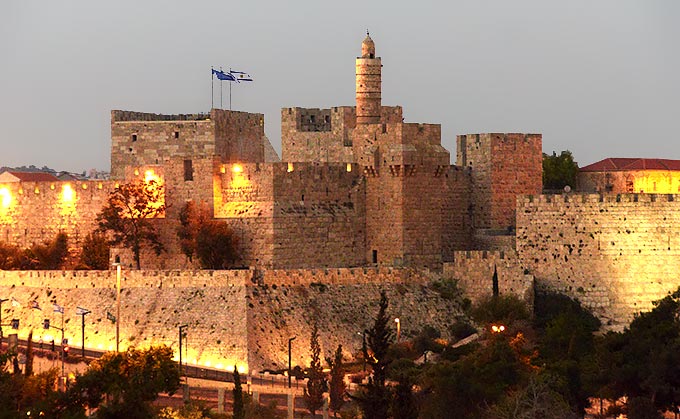
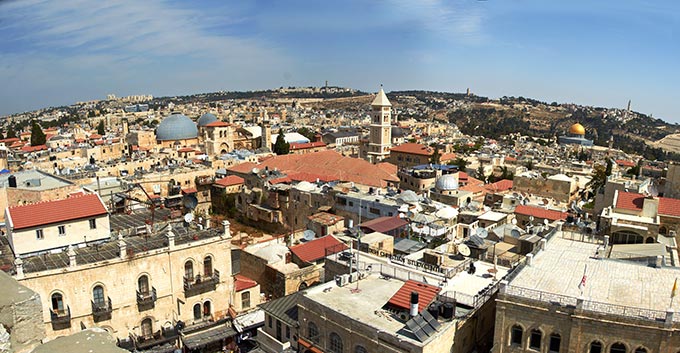
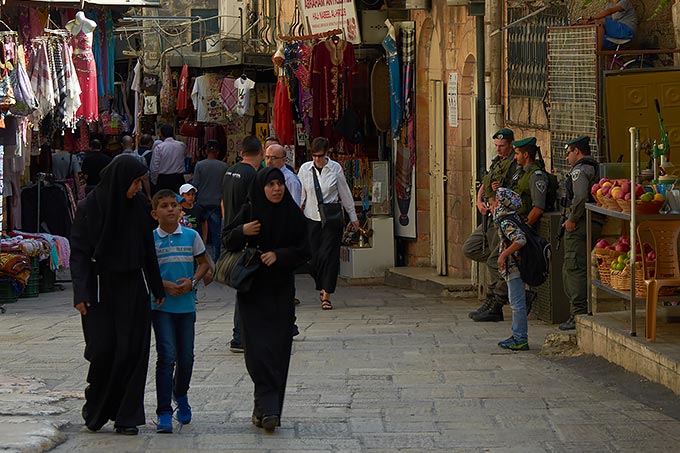
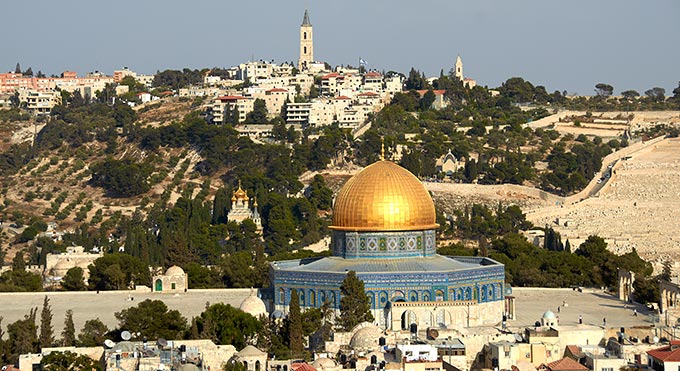
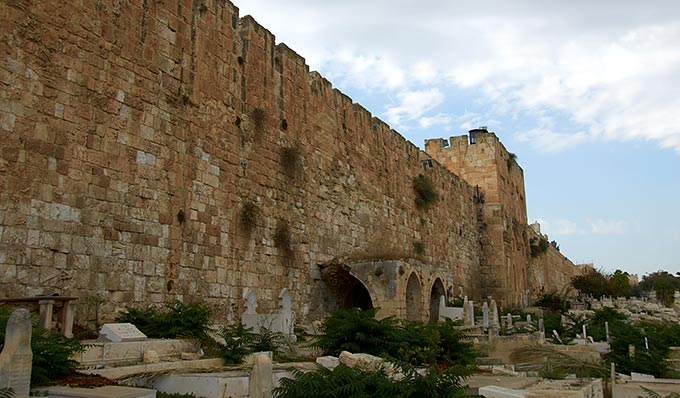
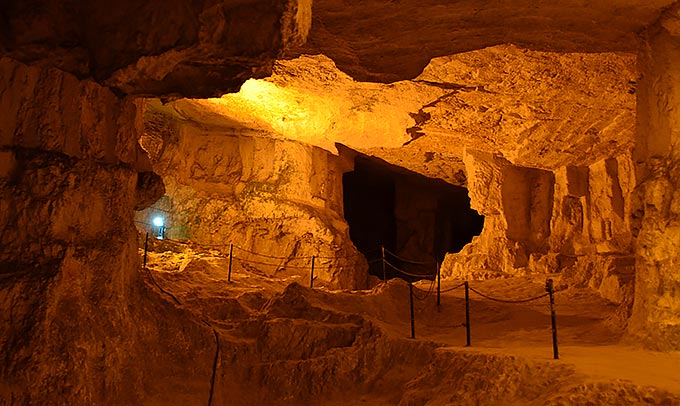
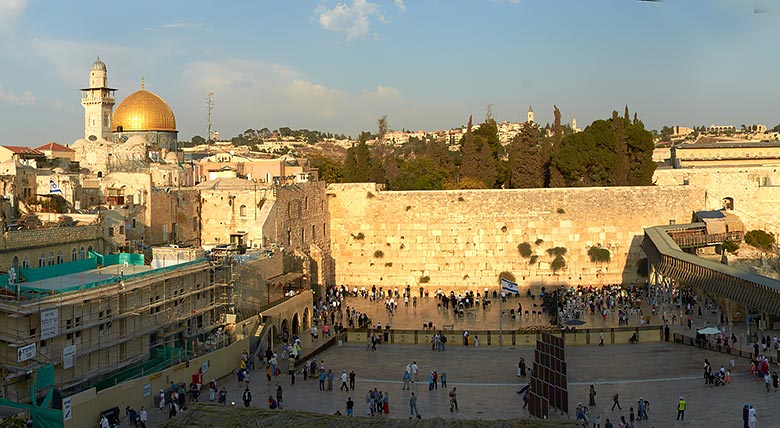 Western Wall of the Temple Mount
Western Wall of the Temple Mount